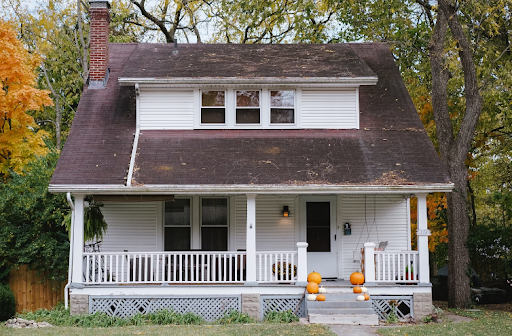Flipping a house is an art, and those who master it can make a sizable profit from each flip. It is all about balance and being smart with your money. You can set out to fix everything on a house and land way over budget, or you can do what is actually needed to make the house safe and appealing.
It’s crucial to understand the distinction between a house flipper and an end user. For an end user, it’s logical to go all out and address every need, but for a house flipper, the goal is profit. So, it is important to be strategic and focus on the aspects that will increase the value of the house.
1. Keep Track of Time
The most important resource that you have is your time. Time management can make you the most amount of profit on a house flip. A good decision can take you far ahead of your projected timeline and spending. It is up to you to identify where your time will be spent the best.
The takeaway from this is not that you cut corners under the pretext of saving time, but rather, it is about doing things the most efficient way. For example, you can opt for precast concrete to speed up your project instead of hiring a crew and managing to perfectly time concrete deliveries.
2. Do Necessary Maintenance
Doing all the necessary maintenance is also an important factor when it comes to making a profit on a house. Fixing things and doing maintenance is the dictating factor for your profit; as a house flipper, you make the majority of your money from a house that is run down and not desirable.
By doing repairs, you bring that house back from the brink of destruction and breathe new life into it. Concrete Slab Garage Floor Repair is a prime example of this; as a garage gets used and heavy vehicles are parked in it, the concrete can get damaged, which can lead to further damage.
In addition to that, it also looks unsightly, tanking the value of the house; you can fix it to add that value back.
3. Take Calculated Risks
The risk you take can equal the reward you have in this field. The more work a house requires, the cheaper it will be, but it is a double-edged sword, and you can end up over budget if you bite off more than you can chew.
To mitigate the risk factor, you can take small steps and take on projects that do not require major work and demolition because that is how you get stuck with a project, and your investment gets bound up in it.
4. Focus on the Aesthetics
The aesthetics of the house can be the easiest part to deal with, but they have the most profound effect on the buyer. You can either go right or very wrong with your choice of aesthetics, so it pays to be well-informed about the latest market trends.
This way, you will be able to make informed decisions and end up with a product that is subtle and appeals to the majority.
